Key Takeaways:
- Understanding the differences between puppy pads and cat training pads can help pet owners choose the right product for their pets.
- While both types of pads serve to manage pet waste, they are designed with different pet behaviors and preferences in mind.
- Proper use of pee pads can aid in house training and managing pet accidents effectively.
Pet ownership comes with its fair share of joys and challenges, one of which is potty training. Whether you're a dog person or a cat person, you've likely encountered the dilemma of managing your pet's waste. This brings us to an important question: Are puppy pads the same as cat training pads? In this article, we'll delve into the similarities and differences between these products, their intended uses, and how to choose the right option for your furry friend.
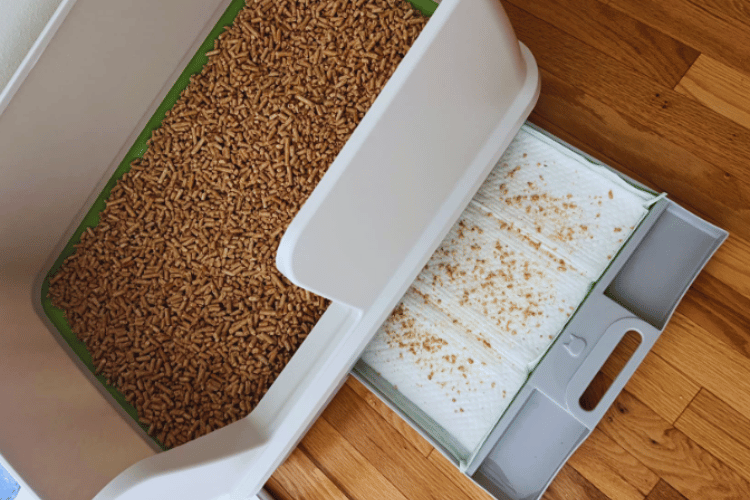
Understanding Puppy Pee Pads
Puppy pee pads are a popular tool for potty training young dogs. These pads are typically made of several layers of absorbent material with a waterproof bottom to prevent leaks. The top layer often contains a pheromone attractant to encourage puppies to relieve themselves on the pad. Puppy pads are convenient for pet owners living in apartments or without immediate outdoor access, as they provide a designated spot for puppies to do their business.
The Design of Cat Pee Pads
Cat pee pads, on the other hand, are designed with feline habits in mind. Cats are naturally inclined to bury their waste, and many cat pee pads are infused with a scent that attracts cats to use them. These pads are also super absorbent and may be placed under litter boxes to catch any excess urine or litter that spills out. They can be particularly useful for older cats or those with mobility issues who may struggle to get into a litter box.
Can You Use Pee Pads for Both Dogs and Cats?
While it's possible to use pee pads interchangeably between dogs and cats, it's not always ideal. Dogs and cats have different behaviors and preferences when it comes to relieving themselves. For instance, a male cat might spray urine to mark his territory, which requires a pee pad with higher walls or additional protection, unlike what's typically needed for puppies.
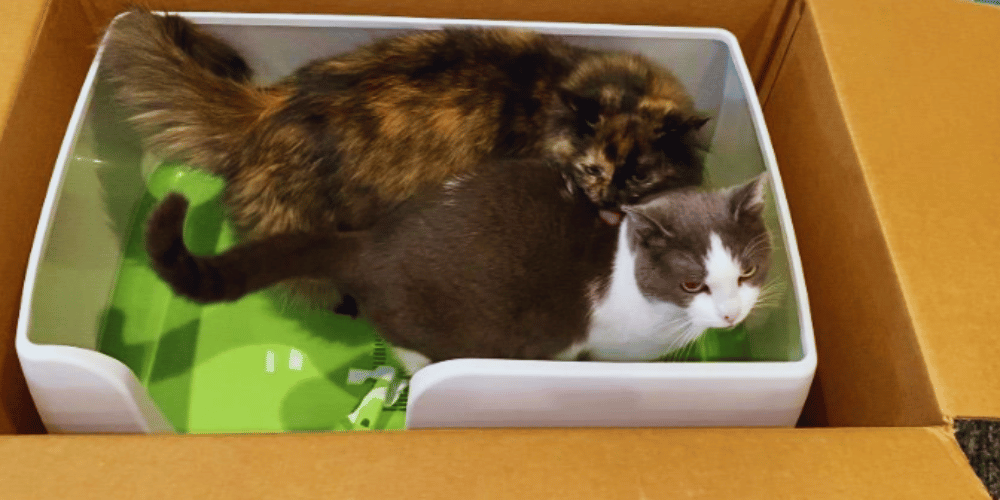
The Importance of Absorbency and Odor Control
One of the key features to look for in pet pads is their absorbency. Super absorbent pads are essential to prevent leaks and protect your floors. Additionally, pads that control odor are crucial, as no one wants their home to smell like a kennel or a litterbox. High-quality puppy and cat pee pads often contain odor-neutralizing properties to keep your living space fresh.
Potty Training with Pee Pads
Potty training is a critical part of pet ownership. For puppies, using pee pads can help establish a routine and a specific spot for them to relieve themselves. Similarly, cat owners may use pee pads underneath litter boxes to simplify cleaning and manage accidents. The key is to consistently guide your pet to the pee pad whenever they show signs of needing to go.
Pee Pads for Senior Pets and Special Cases
Older cats and dogs may benefit from pee pads as they become less mobile. For senior pets or those recovering from surgery, pee pads provide a comfortable and accessible place to relieve themselves without the stress of getting to the litter box or outside. Additionally, pet owners who adopt from an animal shelter may find that some pets are already accustomed to using pee pads.
Alternatives to Traditional Potty Pads
When it comes to potty training our furry friends, traditional potty pads are not the only option. Cat litter, for instance, can be a great alternative for kittens who are learning to use the tray. By simply placing a layer of cat litter over a tray, you create a designated spot for your kitty to do their business. This can help with the mess and make constantly cleaning up after your pet a thing of the past. Plus, many cats instinctively know to bury their poop and pee, which can help contain odors.
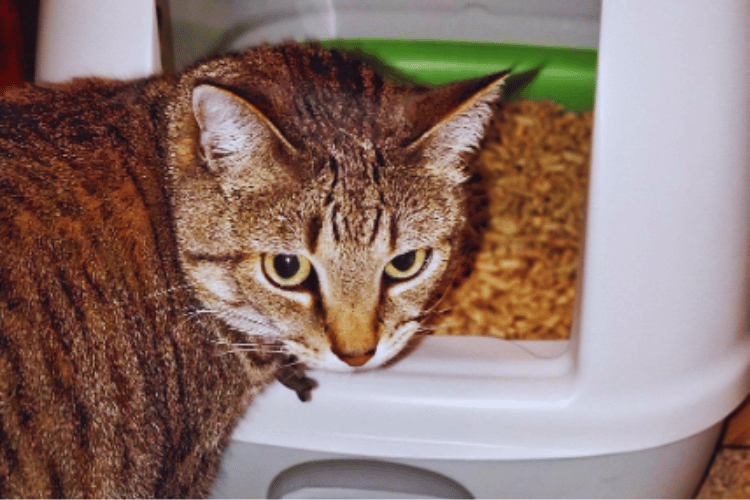
On the other hand, for dog owners, throw rugs might be a surprising alternative to wee pads. Some dogs prefer the texture of a rug and may take to it when they need to go. It's important to choose a rug that is absorbent and easy to wash. You can lay these rugs by the door or in the spot where your dog has been peeing. However, be mindful that rugs are not as leak-proof as plastic-backed potty pads, so there's a trade-off between aesthetics and practicality.
The Convenience Factor in Pet Potty Solutions
Have you ever noticed your pet avoiding the potty pad and opting for the comfort of the couch or carpet instead? This could be a sign that your current solution isn't working for them. Convenience plays a huge role in successful potty training. For cats, a litter box should be placed in a quiet, accessible location. If it's too far away or in a busy area, your kitty may not be inclined to use it. Ensure the box is large enough for them to turn around and dig, as this is a natural behavior when they lay their stool.
For dog owners, convenience might mean having multiple potty pads throughout the home, especially if you're not always available to open the door for them. If you've realized your dog tends to go in a certain spot, it might be time to simply place a potty pad there. This can prevent the stink and mess on your floor and make it easier for your pooch to understand where it's fine to go. Remember, the goal is to make it as easy as possible for them to do the right thing, so sometimes you have to hang those potty pads where the accidents happen.
Innovative Potty Training Techniques for Kittens
When it comes to potty training, kittens are quite adept at learning how to use a litter box, but did you know that there are innovative techniques that can further streamline the process? One such method involves gradually moving their food and water closer to the designated toilet area. This strategy utilizes a kitten's natural instinct to not soil near where it eats, encouraging them to use the litter box consistently. By associating the toilet area with a place of nourishment, kittens are more likely to develop good potty habits.
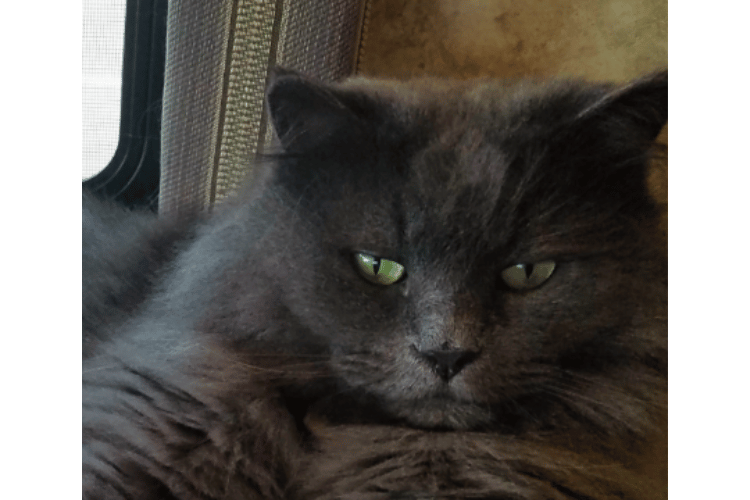
Moreover, the difference in potty training a kitten compared to a puppy is significant. While puppies may require pee pads and more frequent outings, kittens can be introduced to a litter box and instinctively know what to do. For the best results, it's important to start potty training as early as possible. Introduce your kitten to the litter box by placing them in it after meals and naps. Since a kitten typically pees shortly after eating or waking up, this timing can help reinforce the connection between the litter box and their toilet needs.
Pee Pad Alternatives for Eco-Conscious Pet Owners
As pet owners become more environmentally conscious, they are seeking out alternatives to traditional pee pads that are both effective and eco-friendly. One such alternative is the use of washable, reusable pee pads. These pads are made from absorbent materials that can be laundered and used multiple times, reducing waste. Not only do they help in keeping your home clean, but they also contribute to a smaller ecological footprint, which is a win-win for both pet owners and the environment.
Another innovative solution is the use of biodegradable pee pads. These pads break down more quickly than traditional options, minimizing their impact on landfills. When a pet pees, the pad absorbs the liquid and controls the odor, just like a regular pee pad, but with the added benefit of being compostable. For those looking to potty train their pets while also being mindful of their environmental impact, these alternatives offer a practical and sustainable choice. By considering the difference in materials and their disposal, pet owners can make informed decisions that align with their values and their pets' needs.
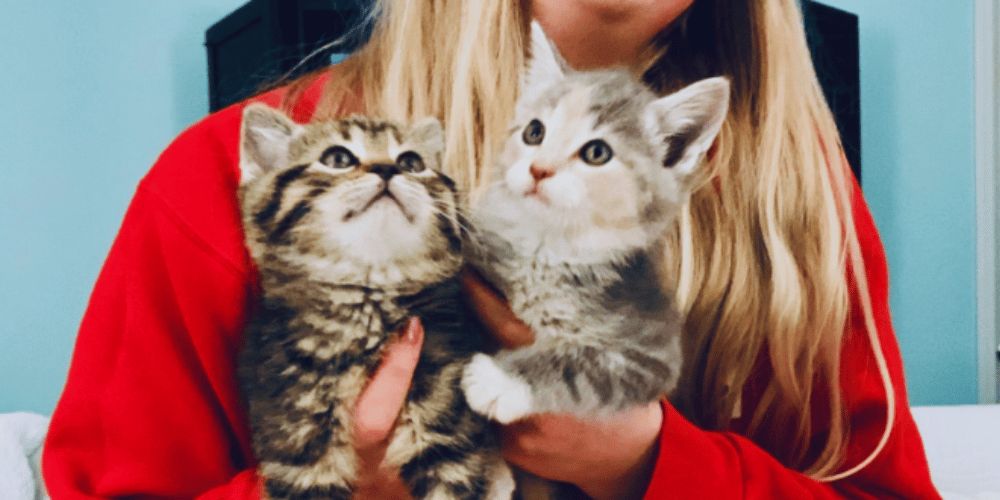
The Role of Pee Pads in Behavioral Issues
Sometimes, a cat refuses to use the litter box due to stress, medical issues, or preference. In such cases, cat pee pads can be a temporary solution while addressing the underlying problem. For dogs, especially those with separation anxiety, pee pads can prevent accidents while the owner is away.
Pee Pads as a Backup Plan
Even well-trained pets can have accidents. Having pee pads on hand can save your carpets and floors from unexpected messes. They can be particularly useful during inclement weather when pets may be reluctant to go outside, or when you're delayed in getting home to let them out.
Choosing the Right Size and Placement
The size of the pee pad you choose should correspond to the size of your pet. Larger dogs will need bigger pads, while smaller pads may suffice for kittens and small breeds. Placement is also crucial; the pee pad should be in a quiet, accessible area where your pet feels comfortable. For cats, it's often recommended to place a pee pad underneath the litter box for added protection.
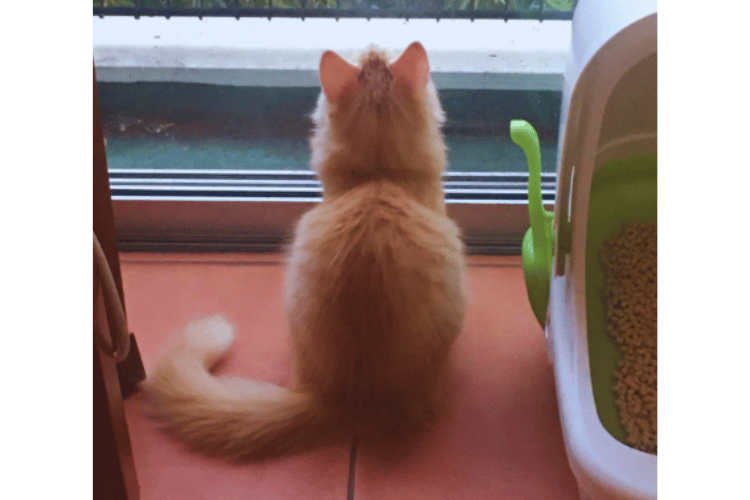
Training Your Pet to Use Pee Pads
Training your pet to use pee pads correctly involves patience and positive reinforcement. For puppies, it's about creating a routine and rewarding them when they use the pad. For cats, it may involve placing them on the pad after meals or when they wake up from a nap. Over time, most pets learn to use the pads consistently.
The Environmental Impact of Pee Pads
Environmental consciousness is an important consideration for many pet owners. Disposable pee pads can contribute to landfill waste, so some may opt for reusable, washable pads. These eco-friendly alternatives are made of fabric and can be laundered and reused, reducing the environmental footprint of your pet's potty habits.
Health Considerations and Vet Advice
Always consult with your vet if you notice any changes in your pet's bathroom habits. Inappropriate elimination can be a sign of health issues. Your vet can provide advice on whether pee pads are a suitable option for your pet and how to use them effectively as part of a broader health management plan.
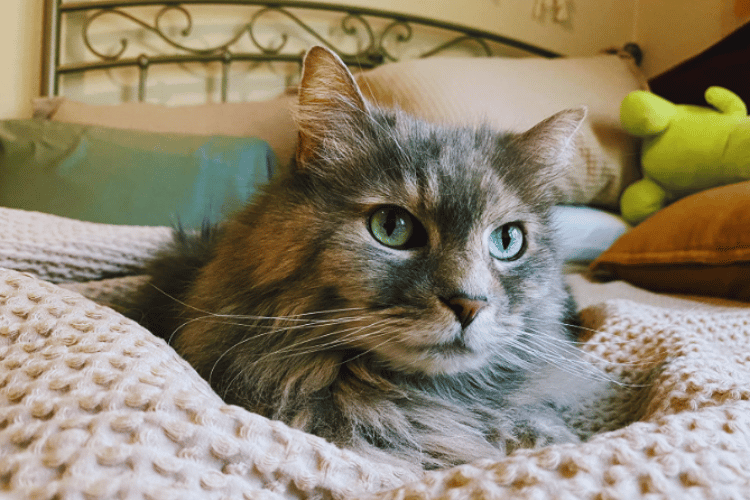
Summary
Puppy pads and cat training pads are similar in their purpose but are designed with the specific needs of each animal in mind. While they can sometimes be used interchangeably, it's important to consider the unique behaviors and preferences of your pet. Choosing the right pad involves looking at factors like absorbency, odor control, size, and environmental impact. With proper training and use, pee pads can be a valuable tool in managing your pet's potty habits and keeping your home clean.
FAQ Section
Q: Can I use puppy pads for my cat? A: Yes, you can use puppy pads for your cat, especially under litter boxes to catch spills. However, cat-specific pads may have features more suited to feline behaviors, such as attractants that encourage cats to use them.
Q: How often should I change pee pads? A: Pee pads should be changed as soon as they are soiled to prevent odors and maintain hygiene. The frequency will depend on the size of your pet and how often they use the pad.
Q: Are reusable pee pads a good option? A: Reusable pee pads can be a great eco-friendly option. They are washable and can save money in the long run. However, they require regular cleaning and may not be as absorbent as disposable pads.
Thank you for visiting LegitLists we hope this helps you make a legitimate choice!






